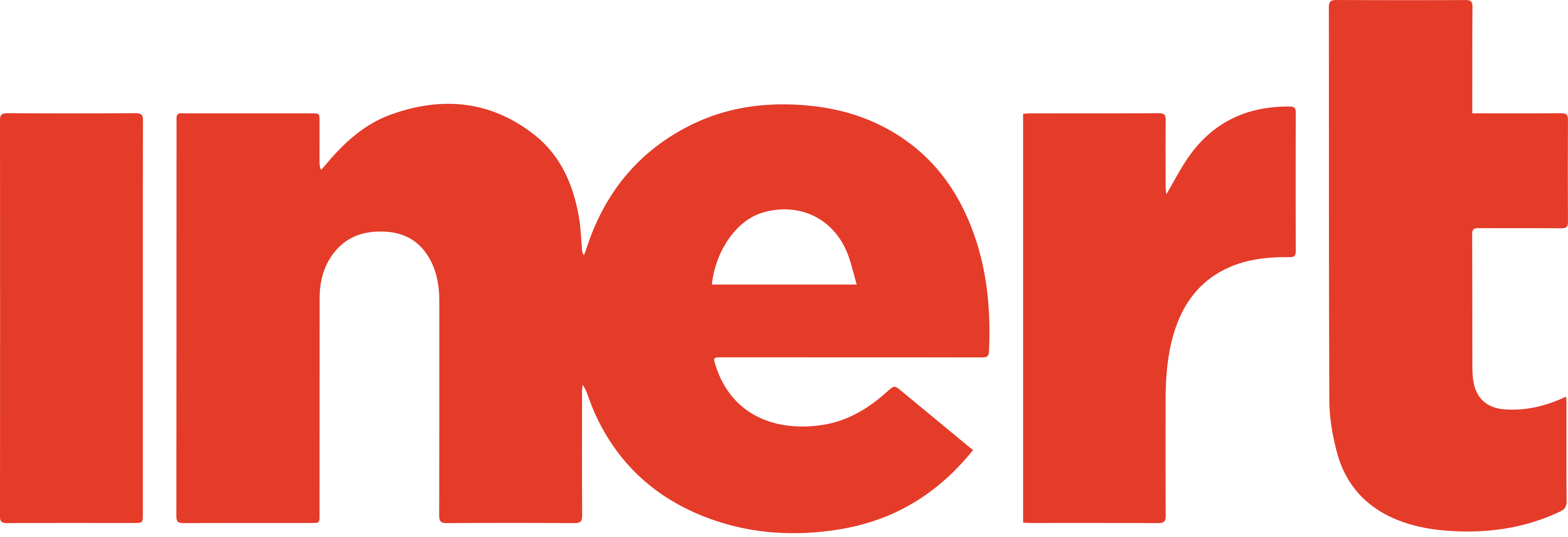To truly understand how glovebox technology can benefit additive manufacturing (AM) with metal powders, you must know what processes are better completed within an air-free environment. There are lots of them! In this blog update, we’ll explain some of Inert’s recommendations and how each ultimately improves the AM process.
Automated inert gas management and recirculating
As titanium metal powder has become popular for AM in the aerospace and medical device industries, it’s become more important than ever to handle that powder with the utmost care. This is best supported with argon gas management systems that can maintain less than 1 part per million (<1ppm) oxygen and moisture within the enclosure where the titanium is being prepared, processed, and/or stored. This level of atmospheric attention is important throughout the product lifecycle because without a controlled air-free environment, titanium is prone to oxidization, nitriding, enclosed moisture, and dissolved oxygen — all of which can result in an end product of inferior quality.
While some in additive manufacturing believe they are aptly handling their processes with constant purging of their enclosures to remove oxygen and moisture, this is a wasteful practice that rarely achieves and maintains the same <1ppm levels of O2 and H2O as the automated gas management systems produced by Inert — most systems on the market only get down to 1000ppm to 500ppm which is inadequate for the majority of titanium process. Ours can reclaim approximately 98 percent of the inert gas for reuse instead of constantly blowing it out a vent! After all, argon and other inert gases aren’t cheap so we should do what we can to reduce consumption and supply costs.
De-powdering enclosures
To maintain a zero-waste commitment in additive manufacturing requires a keen strategy for removing powder from a completed build. Inert enclosures designed for de-powdering will support that mission — while also fully protecting users and area electronics.
For starters, the de-powdering process is crucially conducted within a controlled atmosphere because even the tiniest of unwanted particles can contaminate leftover metal powders in such ways that render them useless, or require costly tracing and removal. Dust, organic matter, rubber, plastic, or any other material — no matter how small in size — that is unintentionally introduced to the powders can destroy an expensive build if not discovered. Having the de-powdering process in a hermetic enclosure thereby controls the situation so that those worries are eliminated and the powder maintains its purest form.
Unless properly handled within an enclosure, metal AM de-powdering can also prove harmful to people working in the facility or lab. For example, sub 10um powders can easily become airborne and inhaled, potentially causing fibrosis of the lungs. Reducing residual dust is also incremental to eliminating fire hazards because titanium powders are highly combustible in the presence of oxygen and a spark. Lastly, the very same powders can be equally harmful to area electronics when the superfine dust enters sensitive equipment and causes a short circuit — or worse!
Hot Isotastic Pressing
To help alleviate internal stresses and unwanted porosity from the 3D printing process, it’s common to apply a technique called Hot Isotastic Pressing (HIP) where a de-powdered part is placed into something akin to a pressure cooker. The air is vacuumed out, the process is backfilled with pure argon, and pressure is increased to between 100 MPa and 200 MPa before final heating to the material’s eutectoid temperature to make the material more malleable.
This combination of heat and pressure collapses any unwanted internal voids to increase the final part’s density, strength and resilience. As this process is heavily dependent on pure argon in mass amounts, having an Inert gas management system that can recapture and recirculate the argon will greatly reduce inert gas costs. We can also tie a gas management in-line with the supply gas to ensure purity of the gas supplied.
Curing/Tempering Ovens
To remove residual stress in an additive manufacturing product, or allow tempering of the material to alter its structure, ovens are frequently used for curing and tempering. As previously mentioned, it’s necessary to prevent oxidization throughout the AM process, so these ovens rely on pure inert gas to create an air-free atmosphere during heating to cure or temper, as required.
After heating, comes a need to cool — and this is where traditional methodology can be improved with an Inert solution. Instead of leaving a 3D-printed part in the oven to cool down in its oxygen-free atmosphere — making the oven unavailable to the next part in need of tempering or curing — the part can be ergonomically moved to an Inert glovebox system to cool down in the comfort of <1ppm O2 and H2O. This small shift in process frees up valuable oven time and increases throughput.
Just the beginning of how Inert can help
Glove boxes have long protected the process, or the person performing it. Inert glovebox systems still do that, but also provide greater efficiencies for the AM industry, such as freeing up process time, reducing argon usage, and capturing powders safely for reuse, thereby reducing consumption and costs. In our next blog update, we’ll explore more of the latter with a focus on how Inert’s engineering prowess can benefit the preparation and storage of metal powders.




